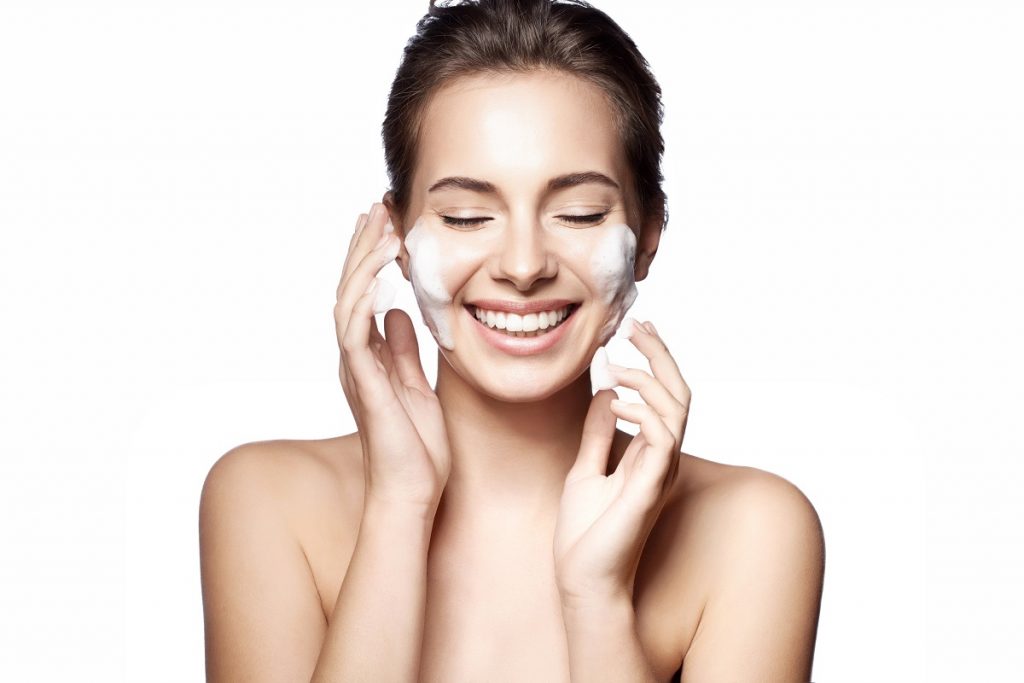The beauty industry saw widespread closure of many stores after the pandemic started affecting the market. The situation forced many brands to switch to manufacturing cleaning agents and hand sanitizers to stay afloat.
The situation has improved recently and industry watchers are seeing trends that allowed the industry to recover together with the economy. Some of these trends were the result of the pandemic where people started to become conscious about keeping themselves healthy and fit.
Here are some trends in the beauty industry:
Focus on Hygiene
The demand for hand sanitizers increased after the pandemic started. The demand surpassed the supply as manufacturers struggled to keep up with it. Even though these products were not glamorous beauty items, the increasing necessity encouraged brands to start manufacturing these items.
The situation also compelled the US Food and Drug Administration (FDA) to issue new guidelines as health professionals and ordinary consumers found it challenging to secure the products. Due to this, beauty brands included these products in their lineup. Since hand sanitizers were harsh on the skin, these manufacturers produced versions that integrated scents and better packaging. Their products were also suitable for the skin.
Companies also started revealing the ingredients used on their skincare products as consumers started to become conscious about the beauty products they were using. These companies also started using sustainable formulas to reduce their carbon footprint. Sustainability became the focus of many companies even if it increased manufacturing costs.
At-Home Beauty Treatments
People stayed home when the pandemic started after the authorities issued the shelter in place directives. With this, companies allowed their employees to work from home, so they remain productive while staying safe from the virus.
The situation allowed people to stay employed even if they did not go to the office. But it also prevented them from going to their dermatologists for their regular beauty treatments. This resulted in a surge in at-home treatments as people wanted to maintain a beauty regimen even if they did not visit a spa or salon.
People started looking for products that provide a spa-like experience even if they stayed at home. This increased these types of treatments. And even though the situation has improved, people will continue using these treatments since it allows them to take care of themselves even if they did not visit a spa.
Cosmetic Procedures for Facial Care

Working from home saw an increase in online meetings using video conferencing software. While the software facilitated discussions between colleagues, it also resulted in concerns about Zoom Face where people became self-conscious about how they appeared during these meetings.
Due to this, people started looking into using cosmetic procedures to address their concerns. They wanted to remove forehead wrinkles and eye bags that became pronounced when they used video conferencing software. The situation increased the demand for facial treatments in the market.
While some people used eye creams to deal with these issues, others preferred more permanent facial care procedures, including polydioxanone (PDO) thread lift procedures. People who go through this procedure should make sure the person performing it has suitable PDO thread training to avoid issues. There are workshops available to guide practitioners on the different techniques in performing it.
Personalization of Beauty Brands
Another trend that industry watchers noticed is the personalization offered by many beauty brands. The personalization came after around 80 percent of consumers indicated that they preferred brands that provided personalized experiences for them.
Additionally, shoppers also prefer patronizing brands that offer recommendations on the beauty products that are suitable for them. On the other hand, others prefer brands that allow them to try a product using virtual reality.
Due to this, beauty brands started offering personalized services to their customers. Some brands created quizzes that allowed them to analyze their needs and create personalized hair care products, such as shampoos and conditioners.
Other companies use artificial intelligence (AI) to provide recommendations on skincare, nutrition, and sun protection to their customers. On the other hand, another company uses a facial recognition program to analyze the facial features of a person and simulate the application of makeup before making recommendations to the customer.
Enhanced Hair Care
Enhanced hair care is another trend that came out due to the pandemic. Since people touch their hair several times in one hour, it becomes the breeding ground for organisms that they cannot see with their naked eye, including viruses and bacteria. To deal with this, some brands developed antibacterial hair care products that contain disinfecting agents to eliminate germs. They also remove dirt and grime from the hair. These hair care products include cleansing sprays and shampoos, among others.
The beauty industry saw a transformation following the pandemic as people started to become conscious about hygiene while taking care of their appearance.







